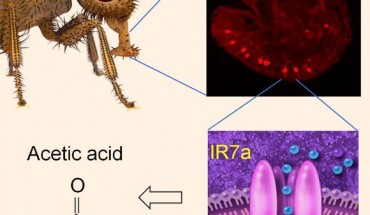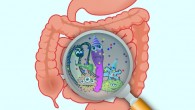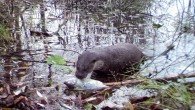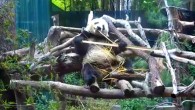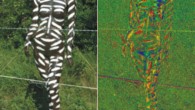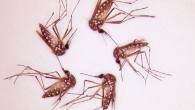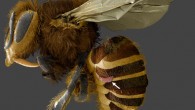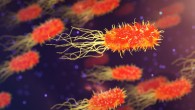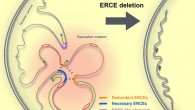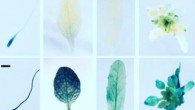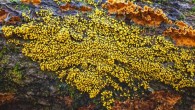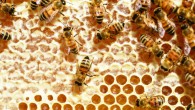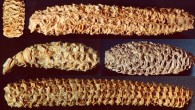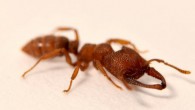Sour taste allows for the detection of hydrogen ions and organic acids. It is one of the five basic tastes and, along with other chemical and textural features, allows animals from flies to humans to discriminate between foods that are safe and appealing from other options that are dangerous. Now, a team of scientists from Kookmin University in Korea and the University of California, Santa Barbara, has discovered the first sour taste receptor used...

